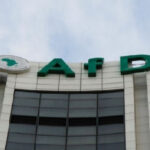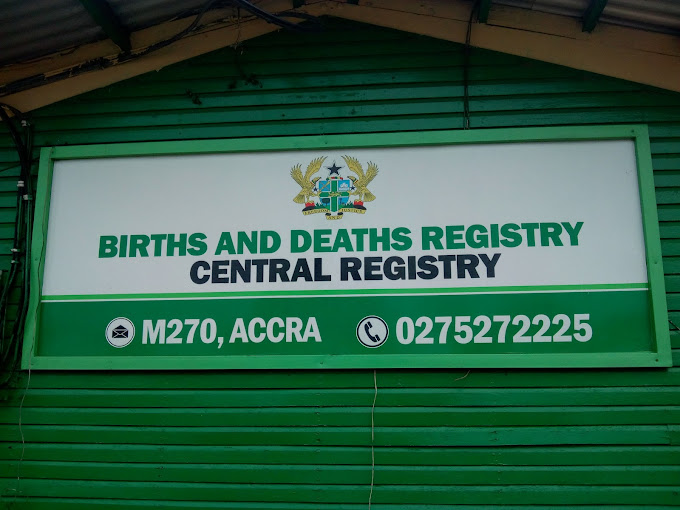Ghana’s Banking Sector Sees Rise in Non-Performing Loans
Story By: Akua Oteng Amponsah
Ghana’s banking sector is facing challenges due to a high level of non-performing loans (NPLs), according to the latest data from the Bank of Ghana.
The NPL ratio increased marginally to 23.6% in April 2025, up from 23.4% in March.
This marks a continued upward trend from the beginning of the year, when the NPL ratio stood at 21.8% in both December 2024 and January 2025.
However, excluding loans classified as “loss”, the NPL ratio was significantly lower at 9.0%, indicating that a substantial portion of the distressed loan portfolio has been recognized as impaired.
The high NPL ratio remains a concern for regulators and stakeholders, as it signals ongoing asset quality challenges despite overall balance sheet growth.
Total advances in the sector stood at GH¢92.2 billion in April 2025, representing an 18.3% year-on-year increase. However, this growth in credit has not translated into improved asset performance.
The capital adequacy ratio, a key measure of financial soundness, improved to 17.5% in April, from 17.1% the previous month, supported by regulatory reliefs. Without these reliefs, the capital adequacy ratio stood at 15.8%.
Industry analysts attribute the persistently high NPL levels to the lingering effects of post-COVID credit restructuring and macroeconomic volatility.
They suggest that enhanced risk management practices and strengthened credit underwriting standards will be crucial to mitigating further asset quality deterioration.
















